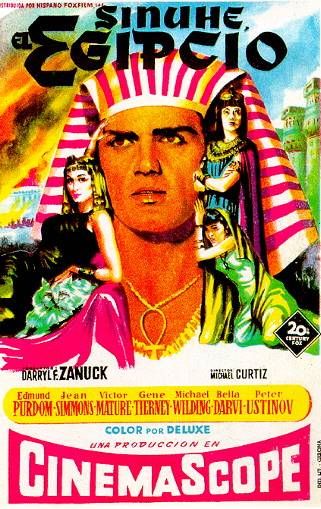
Zannanza's bride is a collage of at least three historical figures: herself, first wife of Horemheb and, by him, mother of Ramesses I. Other historical figures, the protagonist has direct dealings with, are: Aziru (ruler of Amurru kingdom), Thutmose (sculptor), Burna-Buriash II (Babylonian king), and, under a different name, Zannanza, son of Suppiluliuma I.

Though never appearing onstage, throughout the book the Hittite King Suppiluliuma I appears as a brooding threatening figure of a completely ruthless conqueror and tyrannical ruler.

Supporting historical characters include the old Pharaoh Amenhotep III and his conniving favorite wife, Tiy the wife of Akhenaten, Nefertiti the listless young Tutankhamun (King Tut), who succeeded as Pharaoh after Akhenaten's downfall and the two common-born successors who were, according to this author, integral parts of the rise and fall of the Amarna heresy of Akhenaten: the priest and later Pharaoh Ay and the warrior-general and then finally Pharaoh, Horemheb. The original story dates to a time long before that of Akhenaten: texts are known from as early as the 12th dynasty. The main character of the novel is named after a character in an ancient Egyptian text commonly known as the Story of Sinuhe. Apart from incidents in Egypt, the novel charts Sinuhe's travels in then Egyptian-dominated Syria ( Levant), in Mitanni, Babylon, Minoan Crete, and among the Hittites.

The protagonist of the novel is the fictional character Sinuhe, the royal physician, who tells the story in exile after Akhenaten's fall and death. It is set in Ancient Egypt, mostly during the reign of Pharaoh Akhenaten of the 18th Dynasty, whom some have claimed to be the first monotheistic ruler in the world.

The Egyptian is the first and the most successful, of Waltari's great historical novels.


 0 kommentar(er)
0 kommentar(er)
